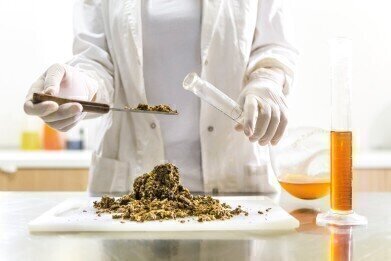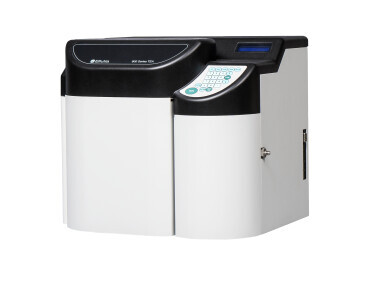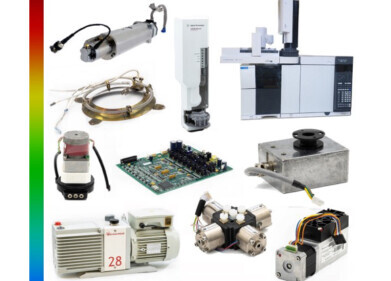Chromatography
What Technology Is Used in Food Analysis?
Mar 29 2021
Food analysis is a fundamental stage in the food production process. Not only does it allow manufacturers to ensure that the nutritional labelling information on the packaging of the foodstuff is correct, but it also allows them to guarantee the same level of quality among all their products. Perhaps most importantly of all, it also acts as a way to demonstrate compliance with national and international food standards.
Among other elements, food analysis measures a product’s chemical composition, nutritional value, quality, safety, sensory perception and traceability. Due to the vast number of additives and chemicals that serve as ingredients in many foodstuffs today, the process of quantifying each individual component is a laborious one. There are a number of different techniques used to do so, two of which are discussed below.
High performance liquid chromatography (HPLC)
HPLC is the most prevalent and popular method of analysing food, largely due to the sophistication of its detection systems. Capable of identifying and isolating compounds from a wide variety of chemical groups in just one analysis, HPLC is the go-to technique of determining a foodstuff’s compositional makeup.
Indeed, the speed, efficiency and accuracy of HPLC means it’s a technology that’s very much in demand in other industries and applications, as well. For example, it’s often used by medicinal research groups, pharmaceutical companies and environmental organisations for various different purposes, all of which revolve around delivering a fast and accurate breakdown of a substance. For those interested in the subject, the article The Use of High Performance Liquid Chromatography (HPLC) Columns in Biomolecule Analysis has a wealth of useful information.
Optical spectroscopy
With the extensive array of food products on the market, and the seemingly endless list of chemicals, additives and other ingredients being used in them, food analysis has never been so challenging nor exciting for the scientific community. New technologies are evolving to meet the challenges inherent in the industry all the time, with optical spectroscopy one such innovation.
Although the technology behind optical spectroscopy has been around for some time, it is receiving a renewed surge of popularity due to the successful miniaturisation of the instruments involved. This is contributing to the development of handheld food scanners which can be purchased and used by the general public to help them stay abreast of the nutritional content of the products they put in their shopping basket at the supermarket. Thanks to advanced data handling software, wireless capabilities and Big Data compatibility, optical spectroscopy could well represent the future of food analysis technology.
Digital Edition
Lab Asia 31.2 April 2024
April 2024
In This Edition Chromatography Articles - Approaches to troubleshooting an SPE method for the analysis of oligonucleotides (pt i) - High-precision liquid flow processes demand full fluidic c...
View all digital editions
Events
Apr 28 2024 Montreal, Quebec, Canada
May 05 2024 Seville, Spain
InformEx Zone at CPhl North America
May 07 2024 Pennsylvania, PA, USA
May 14 2024 Oklahoma City, OK, USA
May 15 2024 Birmingham, UK


















